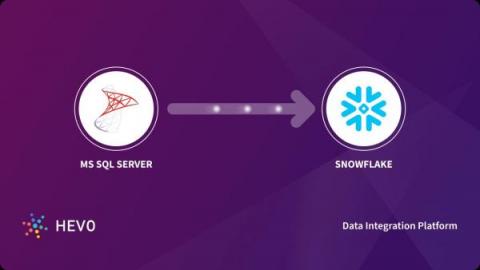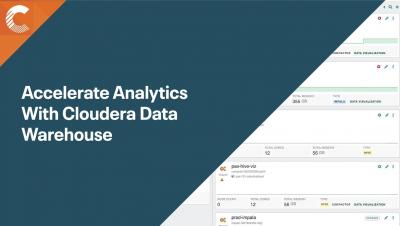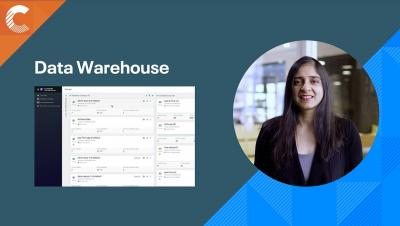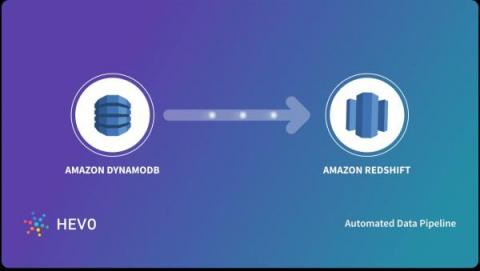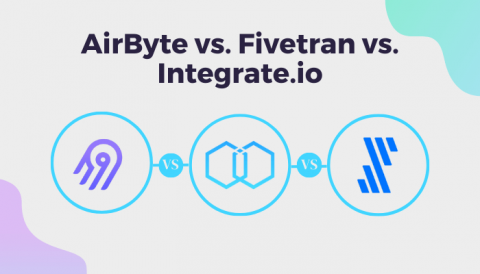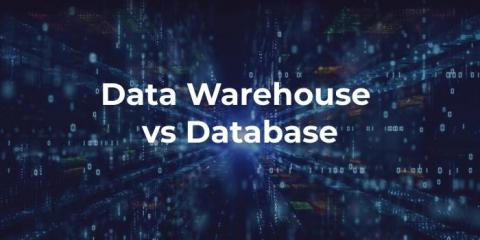Amazon Redshift ETL - Top 3 ETL Approaches for 2023
Amazon Redshift is a completely managed Data Warehouse, offered as a cloud service by Amazon. It can scale up to petabytes of data and offers great performance even for complex queries. Table of Contents Its columnar nature with Postgres as the querying standard makes it very popular for analytical and reporting use cases. These days it is very common to use Amazon Redshift as the backbone Data Warehouse for highly reliable ETL or ELT systems.


